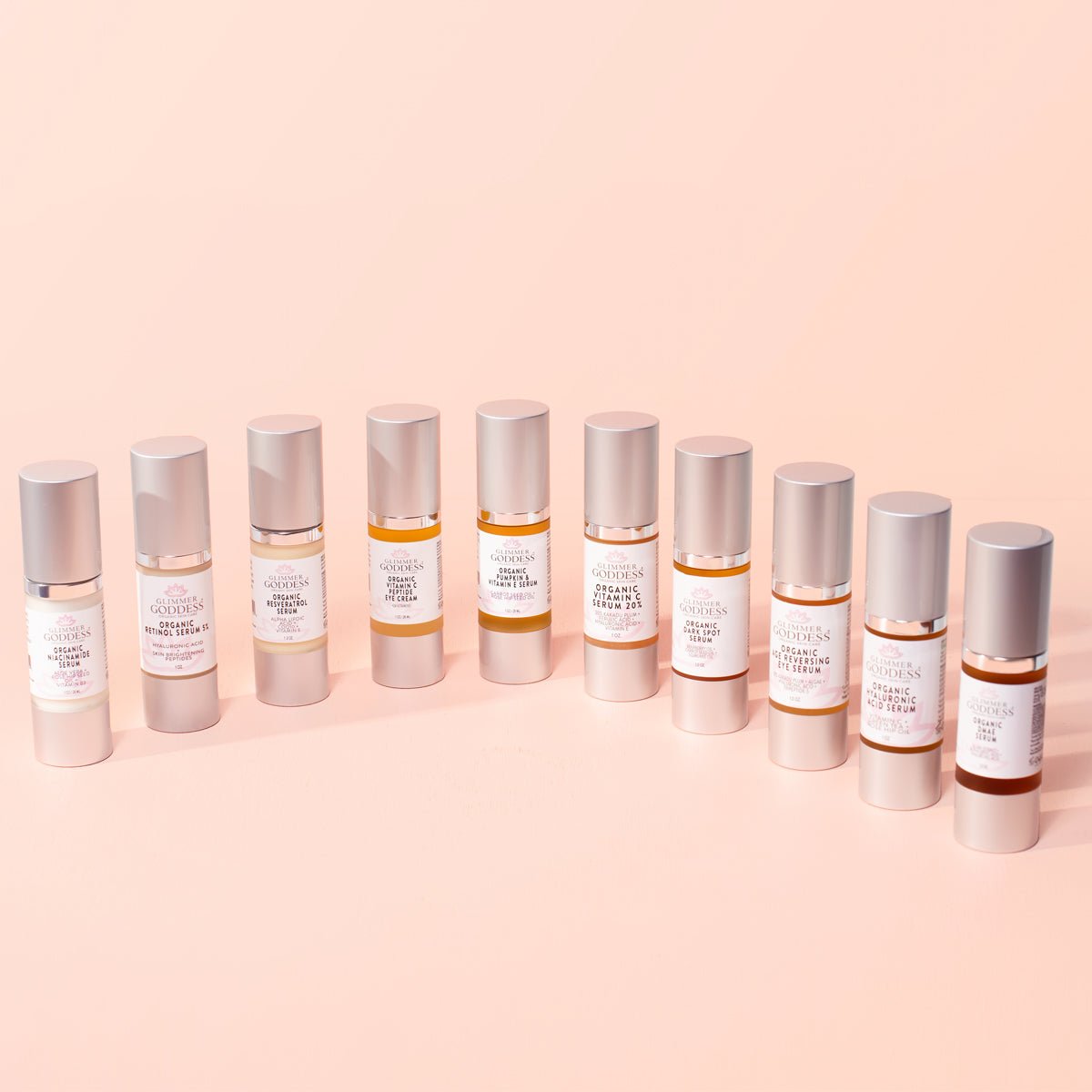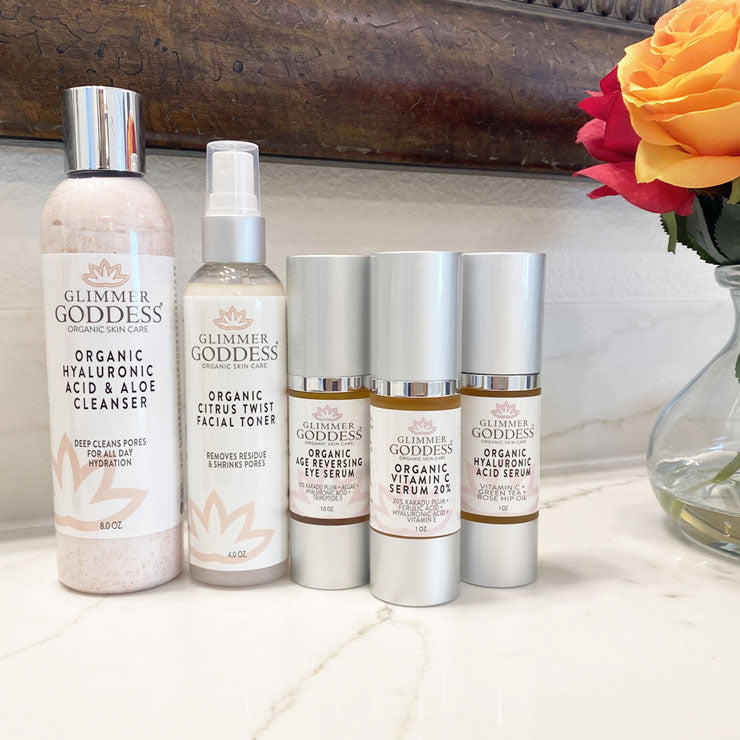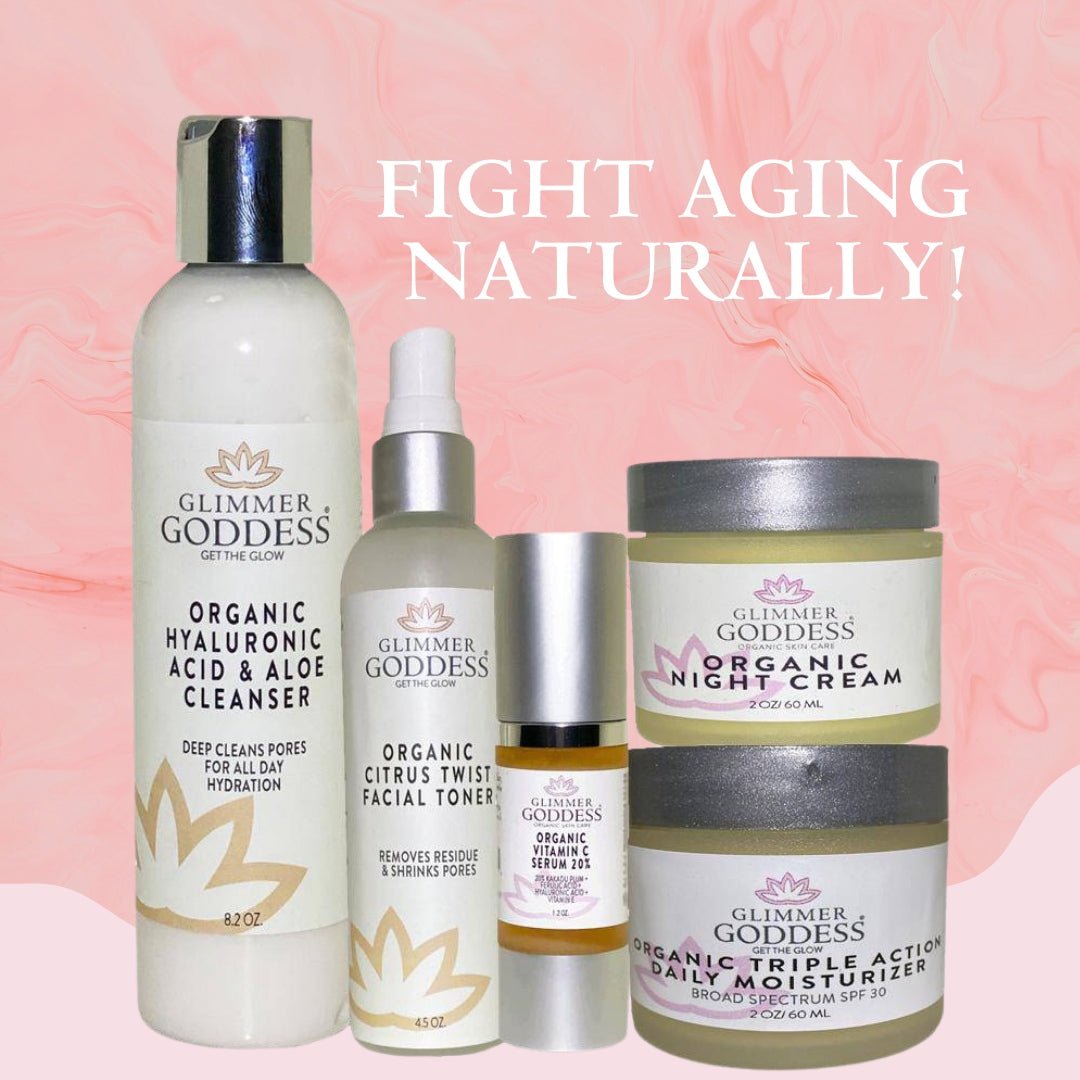
The Art of Layering Serums: Unlock Your Skincare Potential
Unlock the transformative potential of layering serums in your skincare routine. This comprehensive guide explores the benefits of serum layering, the optimal order for application, and how to customize your regimen for radiant skin. Dive into the world of serums and discover how to enhance your skincare game with precise layering techniques.
The Power of Layering Serums: Unlocking Radiant Skin
What Benefits Does Layering Provide?
Layering serums can be a game-changer for achieving a radiant, healthy complexion. By strategically applying multiple serums, you unlock a synergistic combination of targeted benefits that work together to address a variety of skin concerns.
The key advantages of layering serums include:
- Enhanced efficacy: When you layer serums, the active ingredients in each product can work together to amplify their individual effects, resulting in more pronounced and longer-lasting results.
- Targeted treatment: Layering allows you to target specific skin concerns with precision, addressing multiple issues simultaneously, such as fine lines, uneven texture, and dullness.
- Customized routine: By layering, you can create a tailored skincare regimen that caters to your unique skin needs, mixing and matching serums to achieve your desired outcome.
- Improved absorption: The first serum you apply helps to prepare and prime your skin, allowing subsequent serums to penetrate more effectively for maximum potency.
How Do Serums Complement Each Other?
Serums are formulated with highly concentrated active ingredients that address specific skin concerns. When layered, these targeted formulas can work in harmony to deliver comprehensive skin benefits.
Here's how different serums can complement each other when layered:
- Vitamin C serum + Hyaluronic acid serum: The antioxidant properties of vitamin C work to brighten and even out skin tone, while hyaluronic acid infuses deep hydration, plumping and smoothing the appearance of fine lines.
- Retinol serum + Niacinamide serum: Retinol helps to stimulate cell turnover and reduce the appearance of wrinkles, while niacinamide regulates oil production and minimizes the look of pores.
- Peptide serum + Ceramide serum: Peptides target signs of aging by boosting collagen production, while ceramides reinforce the skin's natural barrier, locking in moisture and protecting against environmental stressors.
- Glycolic acid serum + Calming serum: Glycolic acid exfoliates and refines the skin, while a soothing serum with ingredients like centella or green tea can help reduce irritation and redness.
When is the Best Time to Layer Serums?
The key to effectively layering serums is to apply them in the right order and at the optimal time of day. This ensures that each product can work its magic without interfering with the others.
The general guidelines for layering serums are as follows:
- Always start with the thinnest, most water-based serum first, allowing it to fully absorb before applying the next product.
- Use serums that target specific concerns, such as brightening or anti-aging, in the morning for maximum daytime benefits.
- Save serums with potent active ingredients, like retinol or exfoliating acids, for evening use, as they can increase skin's sensitivity to UV exposure.
- Alternate your serum selection based on your skin's needs on a given day—for example, using a hydrating serum in the morning and a resurfacing serum at night.
- Introduce new serums one at a time and observe how your skin reacts before adding additional layers to your routine.
Layering serums is a powerful way to elevate your skincare game and achieve a radiant, healthy complexion. By understanding the complementary benefits of different formulas and the optimal application order, you can create a tailored skincare ritual that caters to your unique skin needs. Embrace the transformative power of layering and unlock your skin's true potential.
The Ultimate Guide to Choosing the Right Facial Serum
What Ingredients Should You Look For?
Choosing the right facial serum can be a daunting task, especially with the vast array of options available on the market. However, by understanding the key ingredients to look for, you can make an informed decision that will cater to your skin's specific needs.
The Active Ingredients That Make All the Difference
- Vitamin C: This powerful antioxidant helps to brighten the skin, reduce the appearance of fine lines and wrinkles, and even out skin tone.
- Retinol: A form of vitamin A, retinol is known for its ability to improve the appearance of fine lines, wrinkles, and uneven skin texture.
- Hyaluronic Acid: This humectant helps to deeply hydrate the skin, plumping it up and reducing the appearance of fine lines.
- Niacinamide: Also known as vitamin B3, niacinamide helps to regulate sebum production, reduce the appearance of pores, and brighten the skin.
How Do You Identify Your Skin Type?
Before you can choose the right facial serum, it's important to understand your skin type. This will help you select a serum that will address your specific skin concerns and provide the most effective results.
Identifying Your Skin Type
- Dry Skin: If your skin feels tight, flaky, or parched, you likely have dry skin. Look for serums with hydrating ingredients like hyaluronic acid and glycerin.
- Oily Skin: If your skin tends to look shiny and feel greasy throughout the day, you may have oily skin. Seek out serums with mattifying ingredients like niacinamide and salicylic acid.
- Combination Skin: If your skin is oily in some areas and dry in others, you have combination skin. Look for a serum that can address both concerns, such as one with a blend of hydrating and mattifying ingredients.
- Sensitive Skin: If your skin is easily irritated or prone to redness, you have sensitive skin. Opt for serums with gentle, soothing ingredients like aloe vera and chamomile.
Can You Mix Different Types of Serums?
One of the most common questions when it comes to facial serums is whether it's possible to use multiple types of serums simultaneously. The answer is yes, but it's important to do so with caution and understanding.
The Benefits of Mixing Serums
- Targeted Treatment: By using multiple serums, you can address a variety of skin concerns at once, such as dullness, fine lines, and uneven texture.
- Customized Routine: Mixing and matching serums allows you to create a personalized skincare routine that caters to your unique skin needs.
- Increased Efficacy: When used correctly, certain serum ingredients can work synergistically to enhance the overall effectiveness of your skincare routine.
Things to Consider When Mixing Serums
- Compatibility: Ensure that the ingredients in the serums you're using are compatible and won't cause any irritation or adverse reactions.
- Order of Application: Apply serums in order of thinnest to thickest consistency to ensure optimal absorption.
- Timing: Allow each serum to fully absorb into the skin before applying the next one.
- Skin Sensitivity: Be mindful of your skin's sensitivity and adjust the frequency of use or amount of product accordingly.
By understanding the key ingredients to look for, identifying your skin type, and learning how to effectively mix different serums, you can create a customized skincare routine that will help you achieve healthy, radiant skin. Remember, the journey to finding the perfect facial serum is a personal one, so don't be afraid to experiment and find what works best for you.
The Art of Layering: Unlocking the Secrets to Flawless Skin
How Do You Create a Layering Routine?
Achieving a radiant, healthy-looking complexion is a journey, and one of the most effective tools in your skincare arsenal is the art of layering. Layering your skincare products can amplify the benefits and deliver a customized solution tailored to your unique skin needs.
Crafting the perfect layering routine starts with understanding your skin type and its specific concerns. Whether you're battling dryness, targeting fine lines, or aiming to minimize pores, the key is to build a strategic sequence of products that work in harmony to address your skin's needs.
- Identify your skin type and its primary concerns. This will help you select the right products to incorporate into your layering routine.
- Start with a clean slate by thoroughly cleansing your skin. This prepares your complexion to readily absorb the subsequent products.
- Incorporate a toner or essence to balance your skin's pH and prime it for the next steps.
- Apply serums or ampoules that target your specific skin concerns, such as hydration, brightening, or anti-aging.
- Lock in the benefits of your serums with a nourishing moisturizer, tailored to your skin type.
- Finally, seal in the goodness with a protective layer, such as a facial oil or a nourishing cream.
What Order Should You Follow for Maximum Effect?
The order in which you apply your skincare products is crucial to ensuring each step can work its magic effectively. By following a strategic layering sequence, you can maximize the absorption and synergistic benefits of your routine.
The general rule of thumb is to start with the thinnest, most lightweight products and gradually work your way up to the thicker, heavier formulas. This allows each layer to penetrate deeply and work in harmony with the subsequent steps.
- Cleanse: Begin with a gentle, non-stripping cleanser to remove impurities, excess oil, and any residual makeup.
- Tone: Follow up with a hydrating toner or essence to balance your skin's pH and prepare it for the next steps.
- Serum: Apply targeted serums or ampoules that address your specific skin concerns, such as brightening, anti-aging, or pore minimization.
- Moisturizer: Lock in the benefits of your serums with a moisturizer tailored to your skin type, whether it's a lightweight gel or a rich, nourishing cream.
- Facial Oil: Finish your routine with a facial oil to seal in all the goodness and provide an extra layer of protection and nourishment.
Are There Common Mistakes to Avoid While Layering?
While the concept of layering may seem straightforward, there are a few common pitfalls to be mindful of to ensure your routine is effective and your skin reaps the full benefits.
Avoiding these mistakes can help you create a seamless, synergistic layering routine that delivers visible results.
- Skipping crucial steps: Neglecting essential steps, such as cleansing or toning, can compromise the effectiveness of your subsequent products.
- Overdoing it: Piling on too many products can overwhelm your skin and lead to irritation or clogged pores. Stick to a manageable number of products tailored to your specific needs.
- Ignoring product compatibility: Some ingredients may not play well together, so be mindful of potential conflicts and layer accordingly.
- Rushing the process: Allow each product to fully absorb before moving on to the next step. Rushing through your routine can prevent optimal absorption and diminish the overall efficacy.
- Forgetting about your skin's signals: Pay attention to how your skin reacts to your layering routine. If you experience any signs of irritation or adverse reactions, adjust your regimen accordingly.
Mastering the art of layering your skincare products is a game-changer in your pursuit of healthy, radiant skin. By understanding your skin's needs, following a strategic application order, and avoiding common pitfalls, you can unlock the full potential of your routine and achieve the complexion of your dreams.
Q&A
What are the benefits of layering serums?
Layering serums enhances product efficacy, allows for targeted treatment of specific skin concerns, creates a customizable skincare routine, and improves absorption of active ingredients.
How do I choose the right serum for my skin type?
Identify your skin type—dry, oily, combination, or sensitive—then select serums with ingredients that cater to your specific concerns, such as hyaluronic acid for hydration or niacinamide for oil control.
Can I mix different types of serums?
Yes, mixing serums is possible, but ensure the ingredients are compatible and apply them in order of thinnest to thickest consistency for optimal results.
What is the best order for layering serums?
Start with a clean face, apply a toner, then layer serums from thinnest to thickest consistency. Finish with a moisturizer and facial oil for maximum hydration and protection.
How often should I layer serums?
You can layer serums daily, but listen to your skin. If irritation occurs, reduce the frequency or reassess the combination of products being used.
Mastering the art of layering serums can elevate your skincare routine and unlock your skin's true potential. By understanding how to effectively combine products and apply them in the right order, you can achieve a glowing, healthy complexion that addresses your specific concerns. Embrace the journey of finding the ideal serums for your skin and watch as your skincare game transforms.







